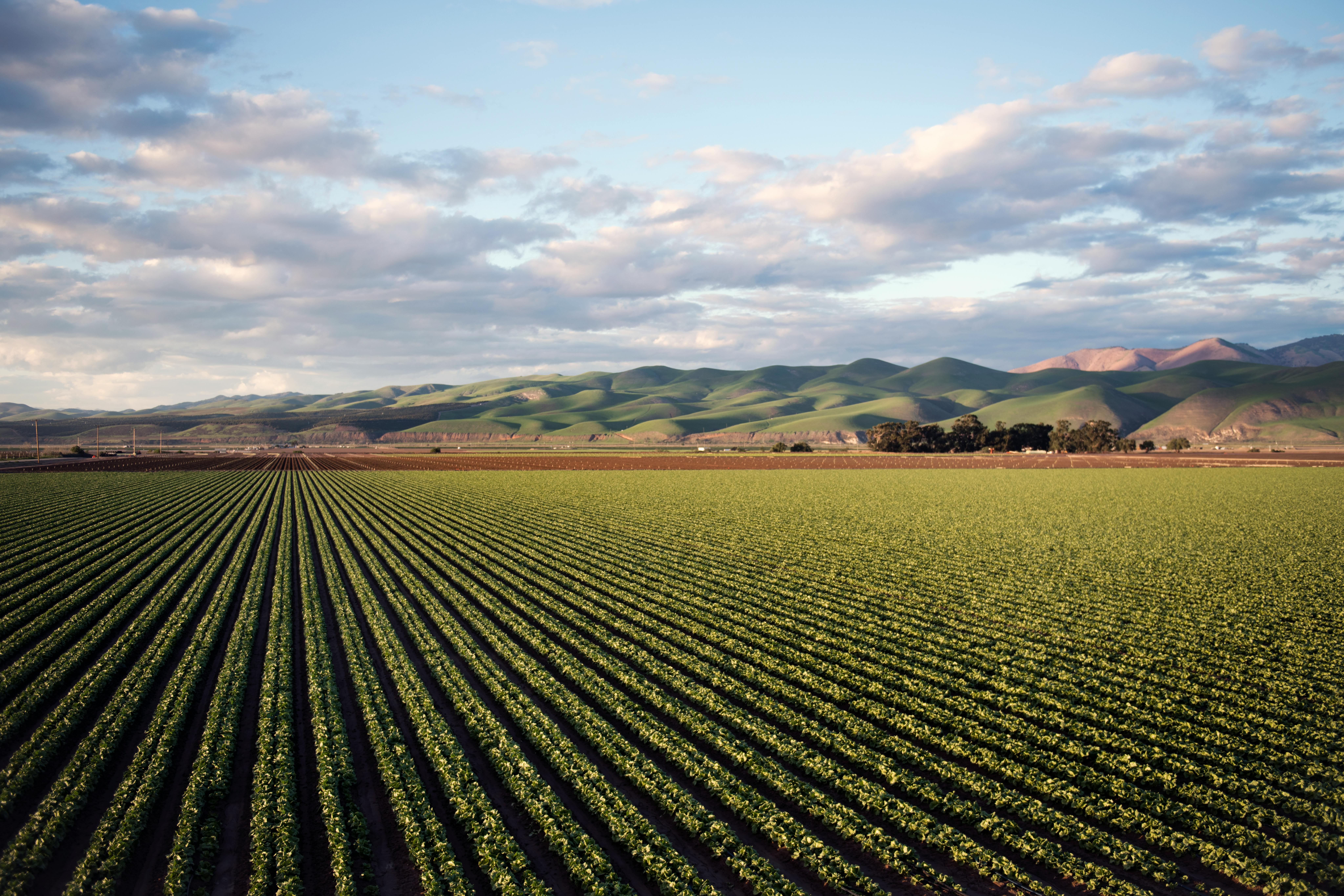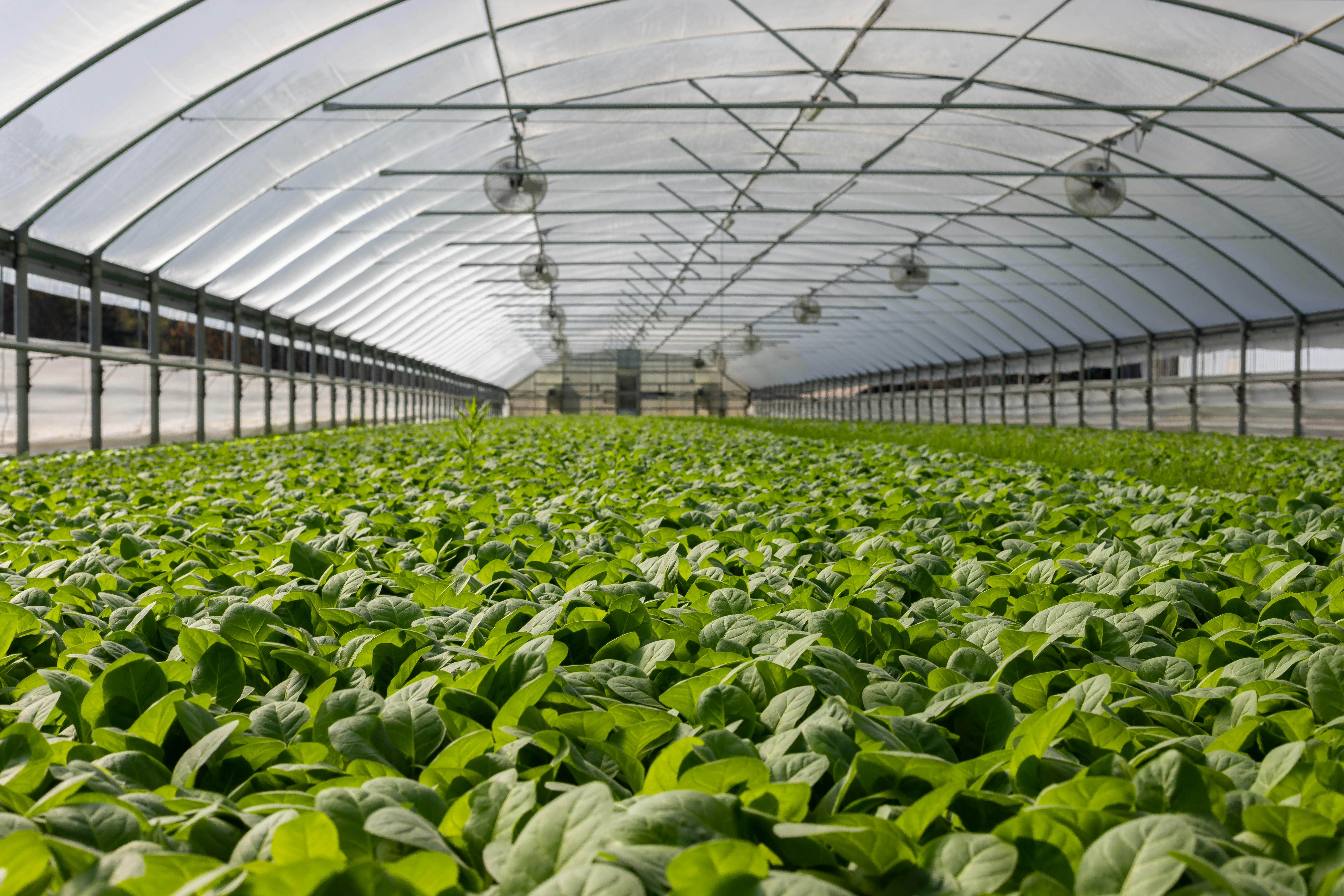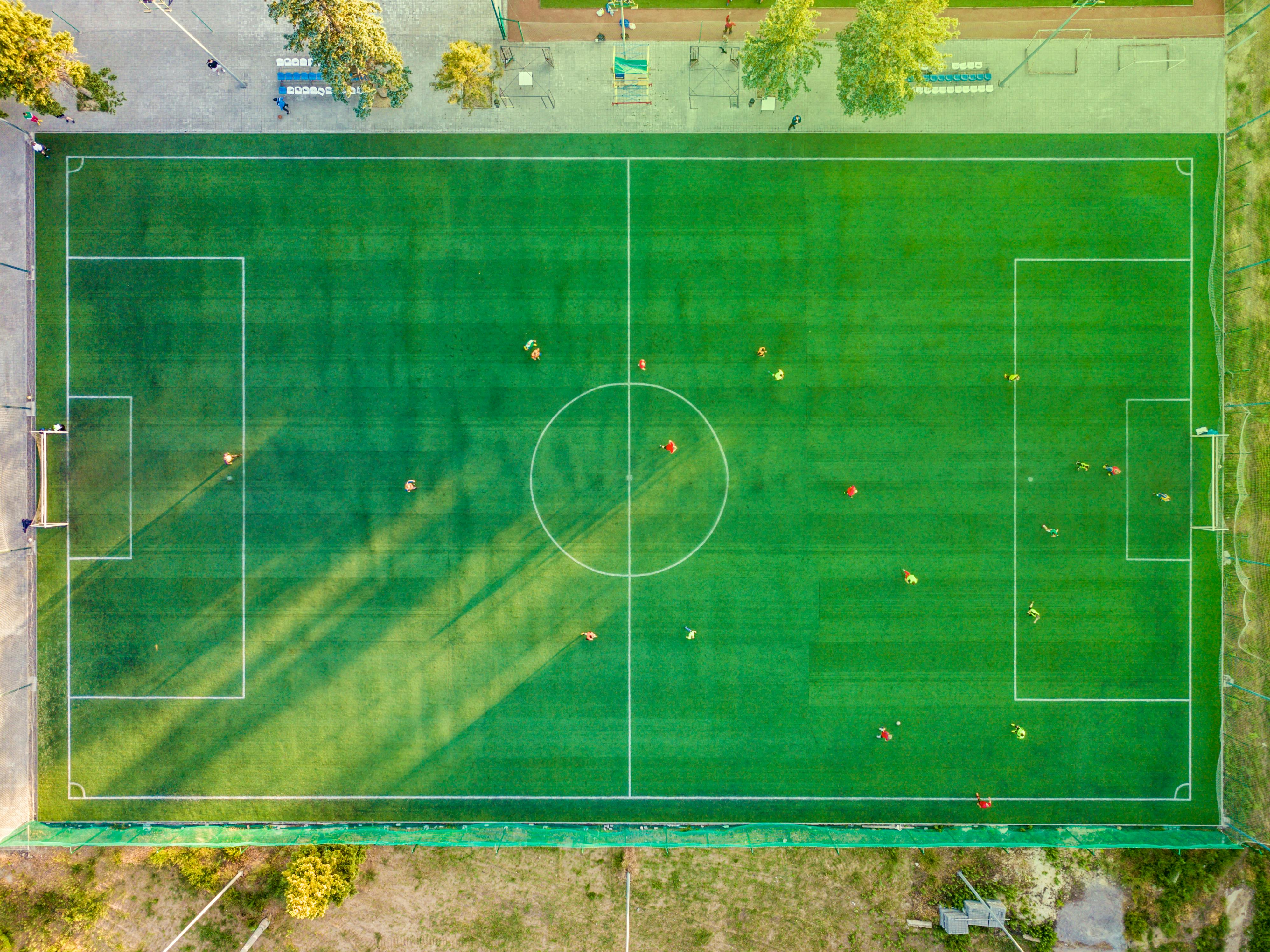Smart Agriculture Insurance: Protecting Farmers with AI & IoT

The next revolution in insurance isn’t happening in boardrooms or cities — it’s unfolding across farmlands and green fields. As climate change reshapes weather patterns and threatens crops worldwide, insurers are turning to Artificial Intelligence (AI) and Internet of Things (IoT) devices to rewrite the rules of agricultural protection.
In traditional models, farmers filed claims only after disaster struck. But with smart agriculture insurance, risk detection happens before loss occurs. Sensors monitor soil moisture, drones track crop health, and predictive AI models forecast yield outcomes — all in real time. Insurance is no longer reactive; it’s intelligently preventive.
🌦️ From Reactive Claims to Predictive Protection
The average farmer depends on two unpredictable variables: weather and markets. Both can turn overnight, devastating entire harvests. Traditional policies only compensate for losses after manual inspection — a slow, costly process prone to disputes. AI and IoT are rewriting this timeline.
By combining real-time satellite imagery, drone surveillance, and smart sensors, insurers now predict crop stress, water deficiency, or pest outbreaks weeks before they occur. The system automatically adjusts coverage, ensuring that protection scales with risk — not paperwork.

This isn’t science fiction — it’s the foundation of AI Health Coverage Revolution applied to agriculture: using predictive technology to secure what sustains human life. Whether protecting crops, cattle, or climate resilience, smart insurance ensures farmers stay in control, no matter how unpredictable nature becomes.
🌾 IoT Integration — Turning Every Farm into a Living Dashboard
Imagine an insurance policy that updates itself every sunrise. With the rise of IoT in agriculture, this is no longer imagination — it’s innovation at work. Smart sensors placed in the soil measure humidity, temperature, and nutrient balance, sending data to cloud-based AI systems that forecast risk before the farmer even notices it.
Drones capture high-resolution images of fields, detecting early signs of drought stress, pests, or disease. When risk levels rise, alerts are triggered automatically, notifying both farmer and insurer simultaneously. This enables instant premium recalibration — a concept that connects sustainability with financial agility.

As referenced in Inside the AI Insurance Revolution and Claim Leverage: How Strategic Data Redefines Risk, smart analytics don’t just process information — they interpret intent. A dry field doesn’t just mean water shortage — it signals potential financial distress, and insurers now respond proactively.
📊 Data-Driven Premium Models — When Protection Learns in Real Time
Traditional insurance pricing relied on static tables and historical patterns. But agriculture is dynamic — no two seasons are ever alike. Through real-time data integration, AI-driven systems continuously adjust premiums based on local weather, crop health, and soil activity, creating what analysts call “living policies.”
For example, if IoT sensors detect healthy irrigation and optimal sunlight levels, premiums automatically drop — rewarding good risk management. Conversely, drought alerts or pest infestations trigger temporary premium increases until corrective action is taken. The system transforms farmers from passive policyholders into active risk managers.
The result is an ecosystem of fairness and efficiency — where farmers gain transparency and insurers reduce fraud. Together, they form a data alliance that makes agriculture not just sustainable, but predictably profitable.
🌍 Climate Modeling — Predicting the Unpredictable
The greatest threat to agriculture isn’t inefficiency — it’s uncertainty. From droughts to flash floods, unpredictable climate events cost the global farming industry over $200 billion annually. To confront this, insurers are leveraging AI-powered climate models that simulate thousands of weather scenarios per second to predict crop vulnerabilities with unmatched accuracy.
These systems analyze decades of satellite data, soil moisture records, and temperature cycles, continuously updating forecasts through machine learning feedback loops. When risk thresholds rise in specific regions, insurers automatically adjust coverage and alert local agencies — transforming disaster response from reactive to predictive.

As highlighted in AI Health Coverage Revolution and Inside the AI Insurance Revolution, the same predictive logic that forecasts illness can forecast harvest. AI doesn’t just protect finances — it safeguards survival.
🌐 Food Security and the Future of InsurTech
In an interconnected world, agriculture insurance has evolved from a niche service into a global security mechanism. Every disrupted crop affects prices, trade, and supply chains. That’s why modern insurers are investing in AI ecosystems that monitor not only farms, but the entire food distribution network.
These systems integrate IoT field data with satellite networks, trade analytics, and blockchain verification, ensuring transparency from seed to shipment. When a drought hits in one country, predictive AI immediately models how that will affect global food availability — and triggers pre-emptive payouts to stabilize both farmers and markets.

This is where Insurance meets Infrastructure. Smart agriculture insurance is no longer just a policy — it’s a shield woven into the global economy. By merging AI precision with IoT visibility, insurers aren’t just protecting farmers — they’re preserving the world’s most essential supply: food.
📚 Case Study: AgriSense — The AI That Saved a Harvest
In India’s Maharashtra region, a farming cooperative partnered with AgriSense, an AI-powered insurance and monitoring platform. IoT sensors were deployed across 4,000 acres, tracking soil health, moisture, and weather fluctuations in real time. When the system detected a rapid temperature drop indicating early frost, alerts were sent immediately to farmers and insurers.
Farmers took preventive measures within hours, saving nearly 85% of their crops. Losses that would have triggered massive claims were instead avoided entirely. The insurer classified it as a “prevented loss” — rewarding participants with reduced premiums the following season. AI didn’t just protect them; it empowered them.

As seen in Claim Leverage: How Strategic Data Redefines Risk and Inside the AI Insurance Revolution, the smartest insurers are no longer paying for what’s lost — they’re investing in what can still be saved.
🌐 Conclusion — The New Insurance Economy of the Land
The fusion of AI and IoT has turned the fields of the world into intelligent financial ecosystems. Insurance is no longer a back-office safety net — it’s the heartbeat of sustainability and foresight. Every byte of data collected from soil, satellites, and skies builds resilience against the chaos of climate.
In this new world, farmers don’t just grow food — they grow insight. And insurers don’t just price risk — they cultivate stability. The story of Smart Agriculture Insurance is ultimately the story of how technology can nourish both the land and the livelihoods that depend on it.

Continue exploring the FinanceBeyono Insurance Intelligence Network:
- Inside the AI Insurance Revolution: Faster Payouts, Smarter Risk, Real Savings
- The Psychology of Risk: How AI Predicts Human Financial Behavior
FinanceBeyono AgriTech Series — where data grows, and insurance evolves.
